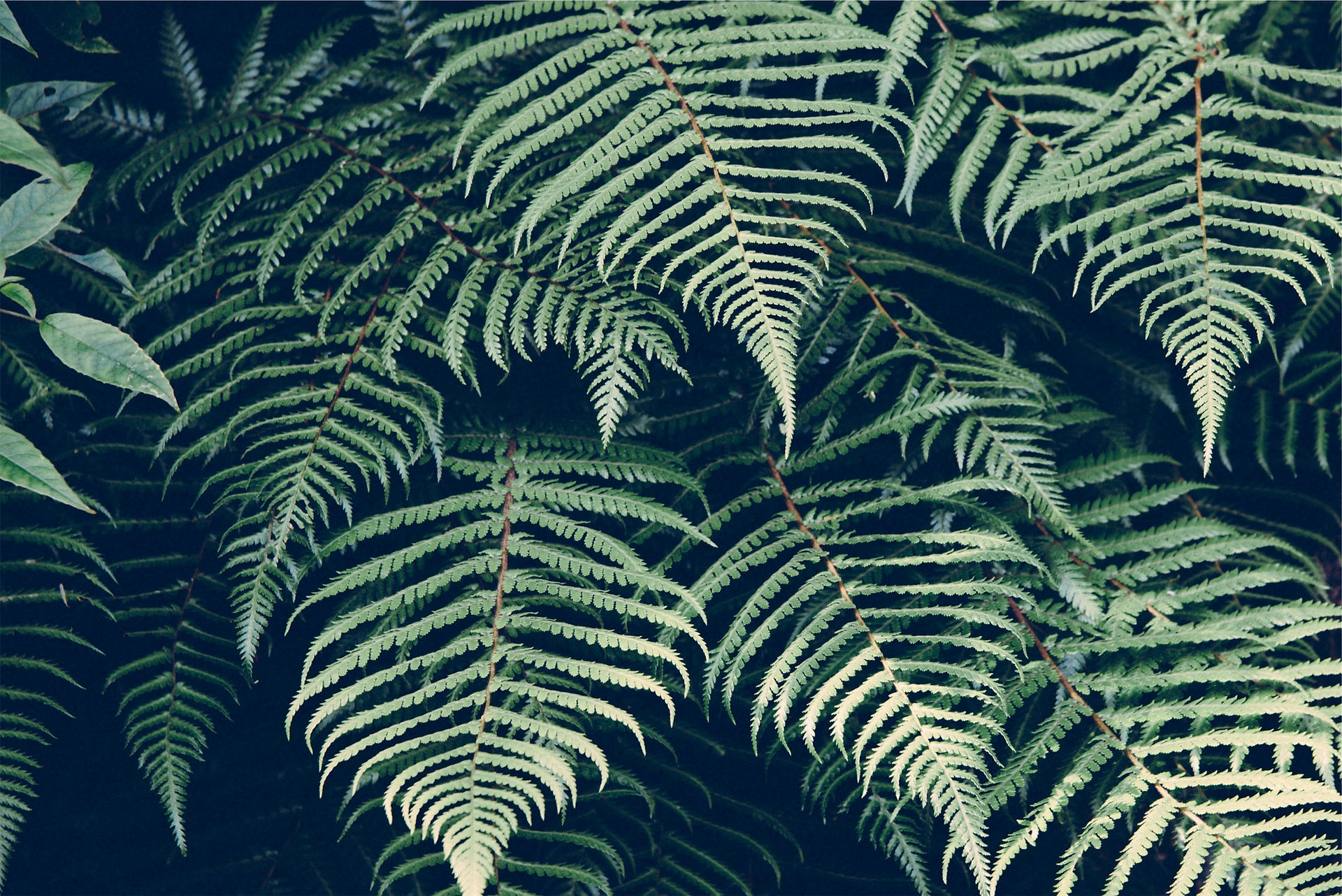Palawan Bird Wing Butterfly
- juliusericlingabio
- Dec 16, 2015
- 2 min read

The Palawan Birdwing or Triangle Birdwing (Trogonoptera trojana) is a birdwing butterfly of the family Papilionidae. It is endemic to Palawan in the Philippines. It is one of only two species in its genus, the other being the more widespread Rajah Brooke's Birdwing. The male Palawan Birdwing has narrower green bands on the hindwings. This species is included in CITES Appendix II, restricting international export to those who have been granted a permit. The wingspan is approximately 18–19 cm (7.1–7.5 in). The species may be observed flying at any point during the year. The larvae feed on Aristolochia.The Palawan Birdwing (Trogonoptera trojana) belongs to the Kingdom Animalia. Phylum Arthropoda means invertebrate animal having an exoskeleton, a segmented body, and jointed appendages. Class Insecta means class of invertebrates within the arthropod phylum that have a chitinous exoskeleton, a three-part body, three pairs of jointed legs, compound eyes and one pair of antenna. Order Lepidoptera is an order of insects that includes moths and butterflies. Family Papilionidae means remarkable family of some of the largest butterflies in the world. Genus Trogonoptera and species of T. trojana.
Gross Morphology

The head is black in color, they have coiling proboscis with sensors near its tip and it has a food canal to suck nectars of flowers, have spherical compound eyes, each comprising of up to 17,000 ommatidia, a pair of segmented antennae from between the eyes. The thorax has black with red hairs, 18-19 cm wings and 3 pairs of legs are attached to this part of the body. The abdomen has dark-brown in color. The forewings are black, chain of dark-green spots at its outer edge, six short green lines in the middle of the wings, blue line next to the body. Hind wings are black, green line in the middle of the wings, inner edge is brown with short blue line.
Animal Description

It can be found in the forest and some are seen in coastal beaches. They undergo complete metamorphosis from egg to caterpillar to pupa and to adult butterfly. From egg to caterpillar it takes 5-10 days, then after a month of eating and growing, it is ready to become a pupa. After 10-14 days, they morph into a butterfly. They breathe through spiracles. Butterfly excretes through the alimentary canal that runs through mouth to anus while nitrogenous waste is through Malphigian tubes. Alimentary means a passage and Malphigian tubes means a tubular excretory organ, numbers of which open into the gut in insects and some other arthropods. They are mainly fed on (according to the stages) Larval food: Aristolochia foveolata, adult butterfly: uses their proboscis to suck nectar of flowers and feet for rotting fruits, males absorb nutrients in sandy beaches and muddy rivers.
Taxonomical Classification



Comments